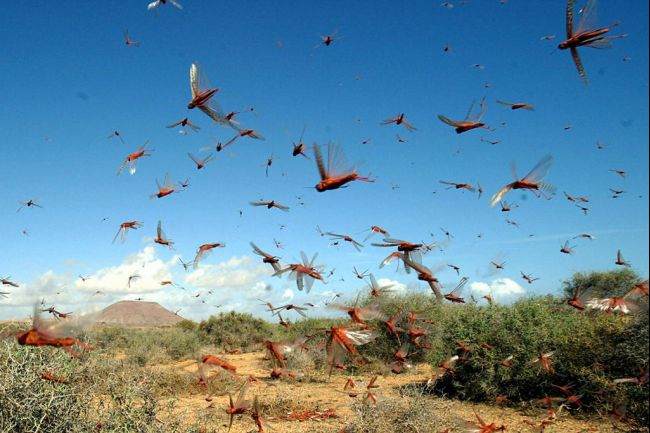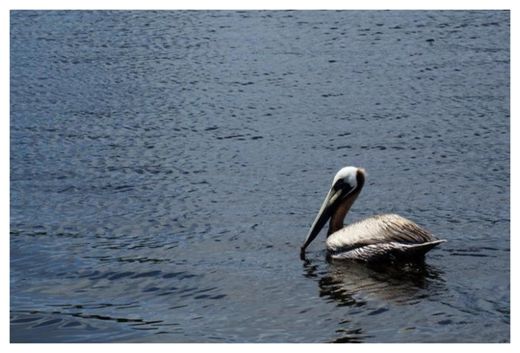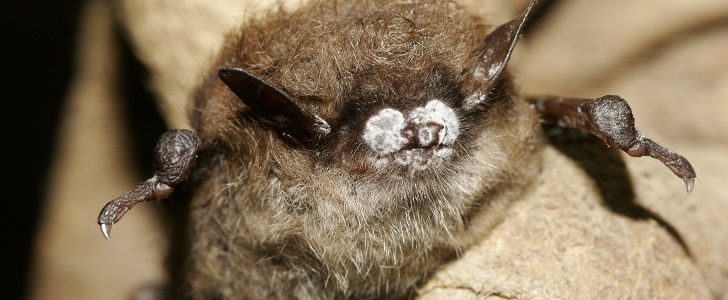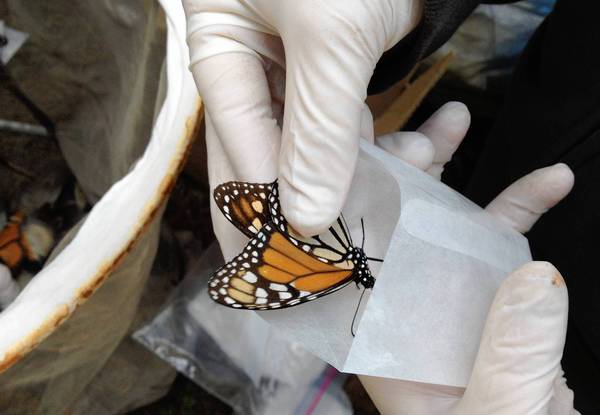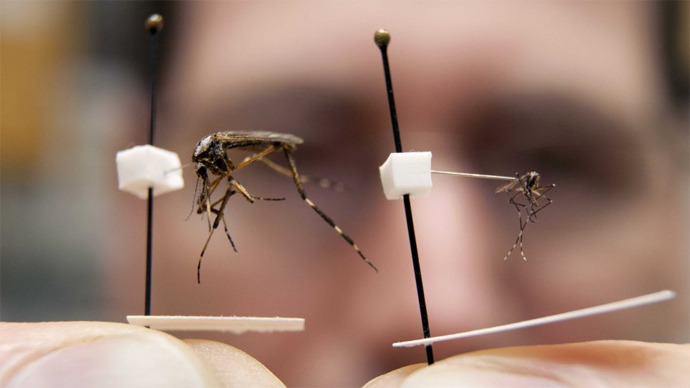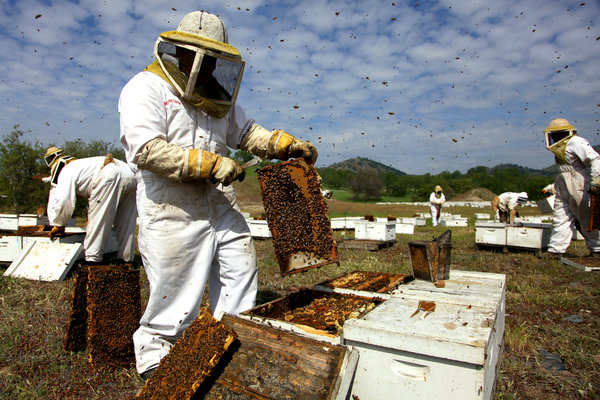
A conclusive explanation so far has escaped scientists studying the ailment, colony collapse disorder, since it first surfaced around 2005. But beekeepers and some researchers say there is growing evidence that a powerful new class of pesticides known as neonicotinoids, incorporated into the plants themselves, could be an important factor.
The pesticide industry disputes that. But its representatives also say they are open to further studies to clarify what, if anything, is happening.
"They looked so healthy last spring," said Bill Dahle, 50, who owns Big Sky Honey in Fairview, Mont. "We were so proud of them. Then, about the first of September, they started to fall on their face, to die like crazy. We've been doing this 30 years, and we've never experienced this kind of loss before."

